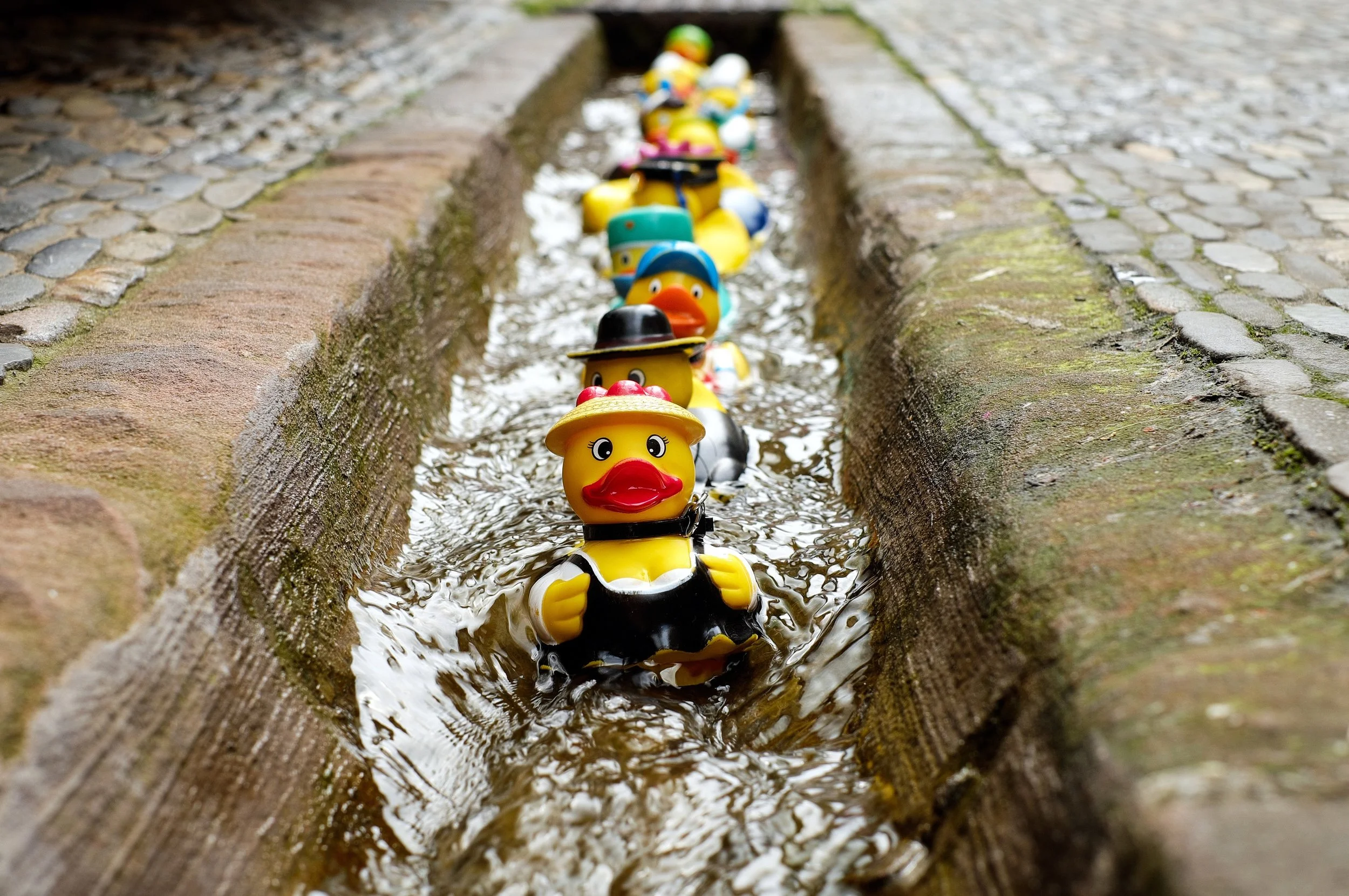17 Audacious Ways To Make More Creative ESL Lessons
Are you having a hard time coming up with creative ESL lessons?
Do your ESL activities need a little more oomph?
Get your creative juices flowing with some of these highly engaging activities.
Create a board game that practices target language
Instead of doing a boring worksheet, why not create a board game where students practice a target language.
The great thing about board games is that they can be differentiated according to student level.
If you wanted beginner ESL students to practice, for example, present continuous, you might have a board game that focuses on how to change the endings of infinite verbs to present continuous ones.
For intermediate students, you might challenge them to form correct sentences using present continuous.
For more advanced students, the board game might test whether they know when to use the present continuous and when to use the present participle.
Board games can also be turned into a creative task on their own.
For example, you could design a contest where students have to design a board game to practice what they’ve learned.
Challenge kids to film a tutorial that could be uploaded to help others ESL students.
Look up some tutorials on YouTube to show students what a helpful tutorial looks like. Then, ask them to come up with one on their own.
You could get students to film a tutorial on how to make small talk, how to organize an essay, how to study for an exam, and plenty of other processes that will ask students to break down their own way of thinking and share it with others.
Get students to plan a lesson for younger/less advanced students (and if you can, partner with a teacher and have them teach it!)
Have your students get into groups and plan a lesson for younger or less advanced students.
They’ll have skin in the game because they will have to teach the lesson once it’s finished.
You can make this as creative as you want where students have to create worksheets, powerpoints, or any other supplemental material.
Get students to create an advert using a set target language
You can encourage your ESL students to create an ad (in any format - video, audio, or photo) where they use the target language you’ve set assigned.
This kind of ESL activity works well using imperative phrases, future perfect tense, and conditional sentences.
Use what’s happening in the students’ lives as a lesson
It’s great whenever you can incorporate big life events into your students’ learning.
If you teach 12 year-olds, maybe you can have them explore what happens around the world when children become teenagers.
Perhaps you teach 18 year-olds and you can incorporate what adult responsibility means.
A fantastic way to do this is to get students to calculate how much money they would have to earn to completely take care of themselves from the day they turn 18 - without the help of their parents.
Then they have to look for a job that pays as that figure and that they’re qualified to do (have them bring in job adverts or you can do it).
Don’t forget to discuss the taxes they’d have to pay, and the money they’d have to spend on healthcare!
After the lesson(s), most students have a newly formed appreciation for their parents :)
Incorporate improvisation
One thing ESL students struggle with most is being able to react to a question or situation without rehearsing it.
Improv helps keep students on their toes and helps condition their response time.
Here’s a list of fantastic improv activities you can try in your ESL lesson.
Go outside
Taking your ESL students to a different setting can inspire all kinds of creativity - if you’re allowed to do it.
If you’re looking for some creative ways to spend some time outside, check out this article full of fun stuff to do.
Learn language structures through pop songs
Seriously one of my favorite things to do is incorporate music into my ESL lessons.
Finding an appropriate song can be challenging, but totally worth it.
Song lyric activities are best if you can use a very recent song or a very famous one.
In the past, I’ve used songs that are quite repetitive and clear for the ESL student to understand. For example, Waiting On The World To Change by John Mayer.
Watch a video clip on mute
One idea I got while doing my CELTA was to get students to watch a short clip of a minute or less and have them do an activity based around it.
These kinds of activities work best with clips that are humorous and take place over one scene only.
Cartoons like Family Guy or the Simpsons work well, as well as famous sitcoms like Friends.
You can get your ESL students to come up with dialogue for the scene (if they’re fairly advanced), or try to get them to guess what’s going on and explain how they came up with that conclusion.
Let students set grading criteria on an assignment
Dig into critical thinking skills by having your students set the grading criteria for one of their assignments.
In the past when I have done this with my ESL students, I allow a brainstorming session for myself and the students to just throw out ideas - without prejudice.
Sometimes an idea can sound outrageous, but if you give it time can either give birth to a great idea or make more sense once a student gets to explain his or her reason behind the idea.
Bring out the Torrance tasks
These are tasks where a simple object is presented and students are asked to think of all the different ways it can be used.
From there, you can create a number of different tasks for your ESL students.
For example, after your students have written down all the ways a particular object can be used, you can have them form groups and refute one of the ways their partner suggested the object can be used.
You can also have them pretend to be a salesperson for the object. You can make this more challenging by giving them three things they cannot use the item for.
For example a cell phone, you can say they cannot sell the cell phone as something you can use to make calls, texts, or take photos.
Integrate classroom technology
Interactive ESL lessons are great if you can get all the technology to work properly.
One of my favorite apps to use is Nearpod. It can take any regular, boring lesson and turn it into interactive gold. And it’s free!
You can live poll your students, have them draw on images, do pop quizzes, and so much more.
Use social media
If you’re allowed, use things like hashtags on Instagram or Twitter to learn about abbreviated English or online etiquette.
Do a test tournament
You’re familiar with jeopardy, right?
If not, here is a great website where you can create or use pre-made jeopardy games. They work so well when you’re reviewing a lot of material.
If you can’t go digital, try a race to the board tournament where two teams have to solve the answers at the board (with different questions of course), and the first one to finish wins!
Take pictures of your neighborhood and use them as writing prompts
If you enjoy incorporating journals into your lessons, a fun way to get students writing is to have them make up stories about things in your neighborhood.
You can do this two ways.
One way is to give students a little information about the picture they’re looking at and have them decide whether this building, business, or object should stay in the community or be turned into something else.
Or, you could have them write an origin story about it and imagine why that thing was built in the first place.
There are a ton of other ways to use this, but these are the two I found most successful in getting my ESL students to write.
Use celebrities to write fake journal entries
If your students don’t like writing about themselves, give them a celebrity to follow (or have them choose one), and write about their life in the first person.
They can use English stories from the week to help them write.
Create a book following a week in the life of your students
Your students will have a weekly writing assignment where they write about what happened in their lives that week.
They should be aware that what they write will be shared publicly.
These journals all go into a journal album for the students to read at the end of the school year or whenever the class is finished.
It’s a great memento for you and the students.
What are some ways you bring creativity into your classroom? Comment below.
Was this article helpful? If so, tell your friends about it and share!




